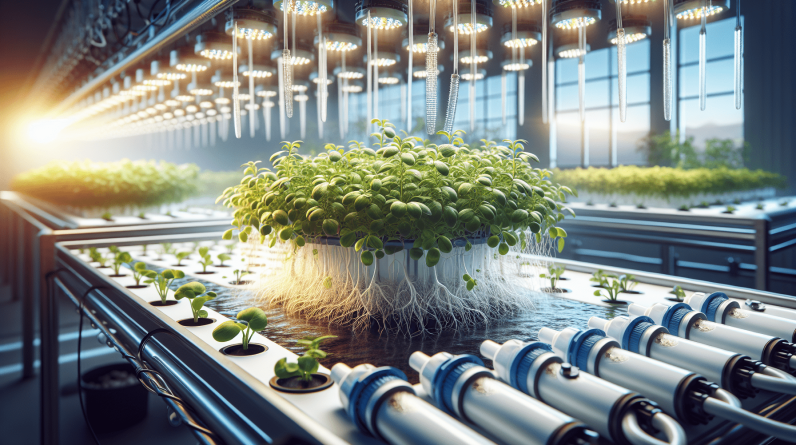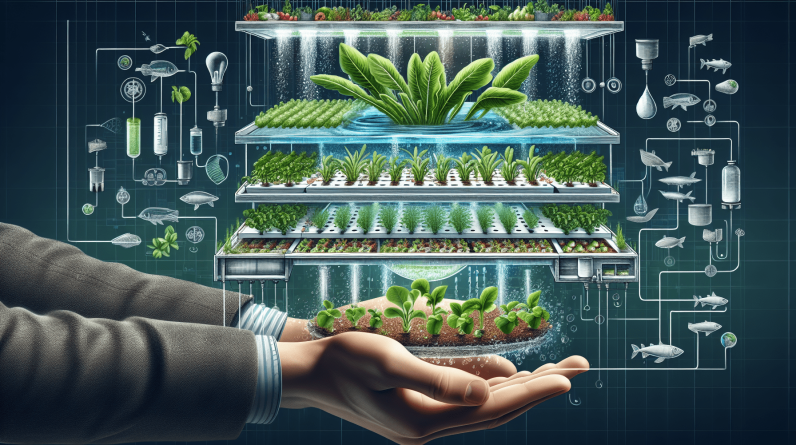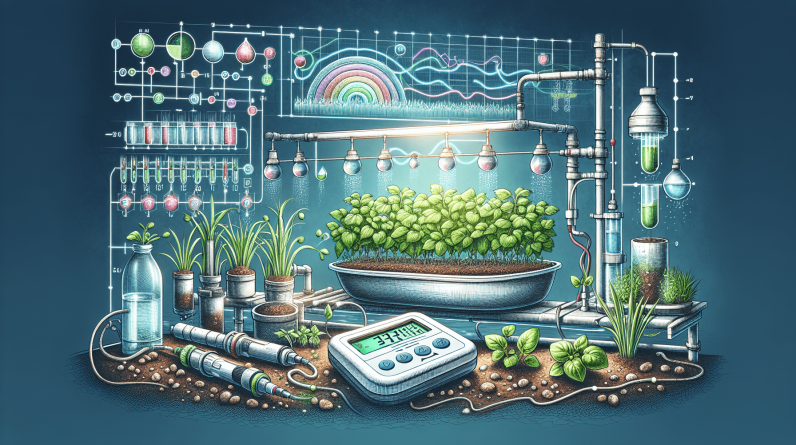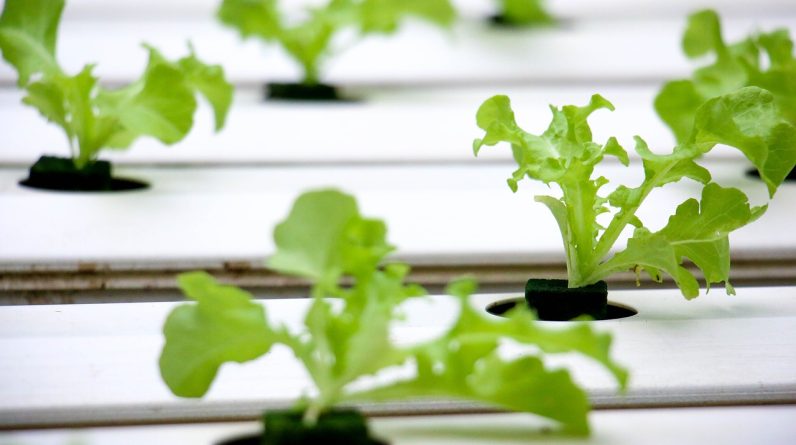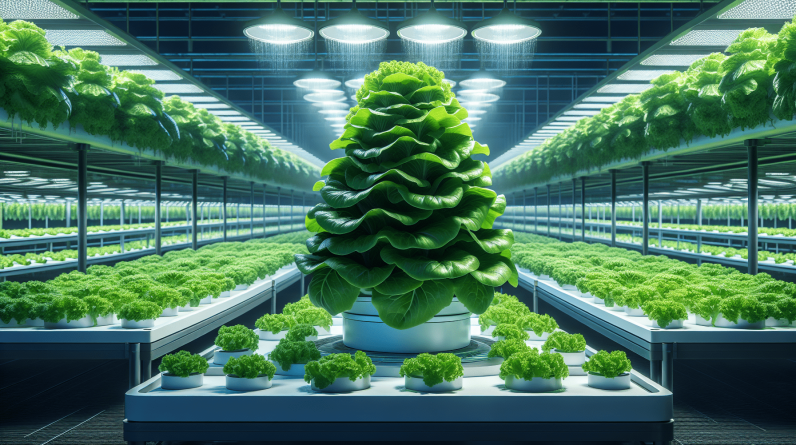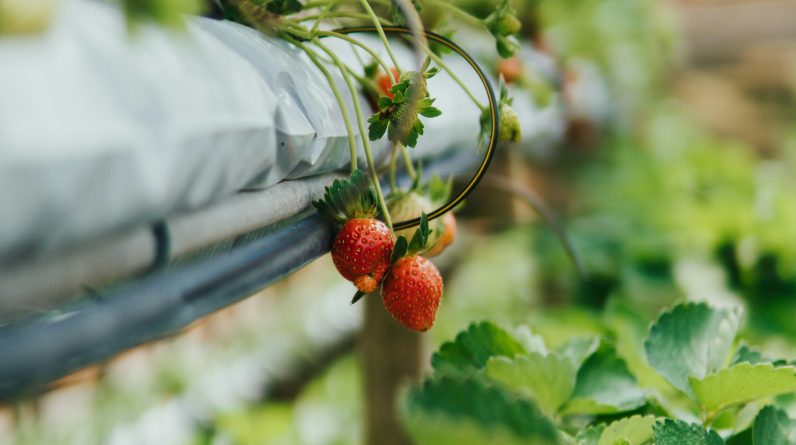
Combining Aquaponics and Hydroponics: A Comprehensive Guide
Are you looking to take your gardening skills to the next level? Have you considered combining aquaponics and hydroponics for maximum benefits? This hybrid system not only allows you to grow your own fresh produce but also promotes sustainability and efficient resource use. In this article, we will delve into the world of aquaponics and hydroponics, showing you how to combine these two innovative methods to create a thriving garden.
Understanding Aquaponics and Hydroponics
Aquaponics and hydroponics are two distinct methods of soilless gardening that offer unique advantages. In aquaponics, fish are raised in a symbiotic environment with plants, where waste produced by the fish is converted into nutrients for the plants. On the other hand, hydroponics involves growing plants in a nutrient-rich water solution without the use of soil. By combining these two systems, you can create a closed-loop ecosystem that maximizes the benefits of both methods.
Benefits of Aquaponics:
Aquaponics is a sustainable system that utilizes the natural symbiosis between fish and plants to create a self-sustaining environment. It reduces the need for chemical fertilizers, conserves water, and produces both fish and plants in a single system. Aquaponics is ideal for those looking to maximize resources and minimize waste in their gardening practices.
Benefits of Hydroponics:
Hydroponic systems provide plants with direct access to nutrients, resulting in faster growth rates and higher yields. By eliminating the need for soil, hydroponics conserves water, reduces the risk of soil-borne diseases, and allows for year-round cultivation. This method is perfect for gardeners seeking efficient and sustainable ways to grow fresh produce.
Setting Up Your Combined System
Now that you understand the basics of aquaponics and hydroponics, it’s time to set up your own combined system. Here are some steps to help you get started:
1. Choose the Right Location:
Select a suitable location for your aquaponics and hydroponics setup, ensuring access to sunlight and a stable temperature. Indoor setups can utilize grow lights to provide the necessary light for plant growth. Consider the size of your system and the space available before proceeding.
2. Set Up Your Hydroponic System:
Begin by setting up your hydroponic system, which will act as the foundation for your combined setup. Choose a hydroponic method that suits your needs, such as nutrient film technique (NFT) or deep water culture (DWC). Install the necessary components, including reservoirs, pumps, and growing trays, making sure to follow the manufacturer’s instructions.
3. Integrate the Aquaponics Component:
Once your hydroponic system is in place, it’s time to integrate the aquaponics component. Install a fish tank and connect it to your hydroponic system using piping or tubing. The fish waste will provide nutrients for the plants, creating a symbiotic relationship that benefits both aquatic life and plant growth.
4. Choose Compatible Plants and Fish:
Select plants and fish that are compatible with each other and thrive in a soilless environment. Leafy greens, herbs, and fruiting plants are excellent choices for aquaponics and hydroponics systems. Popular fish species for aquaponics setups include tilapia, trout, and catfish. Ensure that the fish and plants have similar environmental requirements to promote optimal growth.
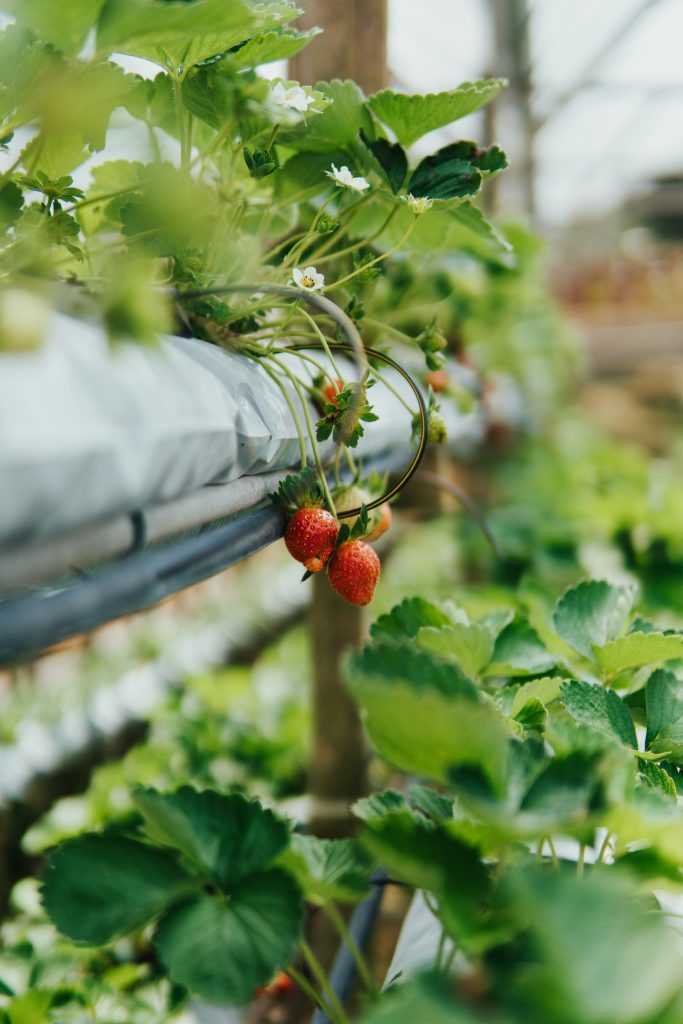
Maintaining Your Combined System
Now that your aquaponics and hydroponics system is up and running, it’s essential to maintain it properly to ensure maximum benefits. Here are some tips to help you keep your system thriving:
1. Monitor Water Quality:
Regularly check the water quality in your system to ensure that it meets the needs of both your fish and plants. Test pH levels, ammonia, nitrate, and nitrite concentrations to maintain a healthy environment. Make adjustments as needed to keep the water parameters within the optimal range for growth.
2. Feed Your Fish Properly:
Provide your fish with a balanced diet to ensure their health and well-being. Consider the nutritional needs of the fish species you have chosen and feed them accordingly. Overfeeding can lead to water quality issues, so monitor their feeding habits and adjust as necessary.
3. Prune and Harvest Your Plants:
Regularly prune and harvest your plants to encourage new growth and prevent overcrowding. Remove any dead or decaying plant material to maintain a clean and healthy environment for your fish. Harvest your produce when ripe to enjoy fresh, homegrown fruits and vegetables.
4. Troubleshoot Issues Promptly:
Keep an eye out for any signs of disease, nutrient deficiencies, or system malfunctions in your aquaponics and hydroponics setup. Address issues promptly to prevent them from affecting the overall health of your plants and fish. Regular maintenance and observation are key to a successful combined system.
Maximizing the Benefits of Aquaponics and Hydroponics
By combining aquaponics and hydroponics, you can create a sustainable and productive garden that provides fresh produce year-round. This innovative approach to gardening offers numerous benefits, including reduced water usage, faster growth rates, and healthier plants. With proper setup and maintenance, you can maximize the dual benefits of aquaponics and hydroponics in your own backyard. Happy gardening!





